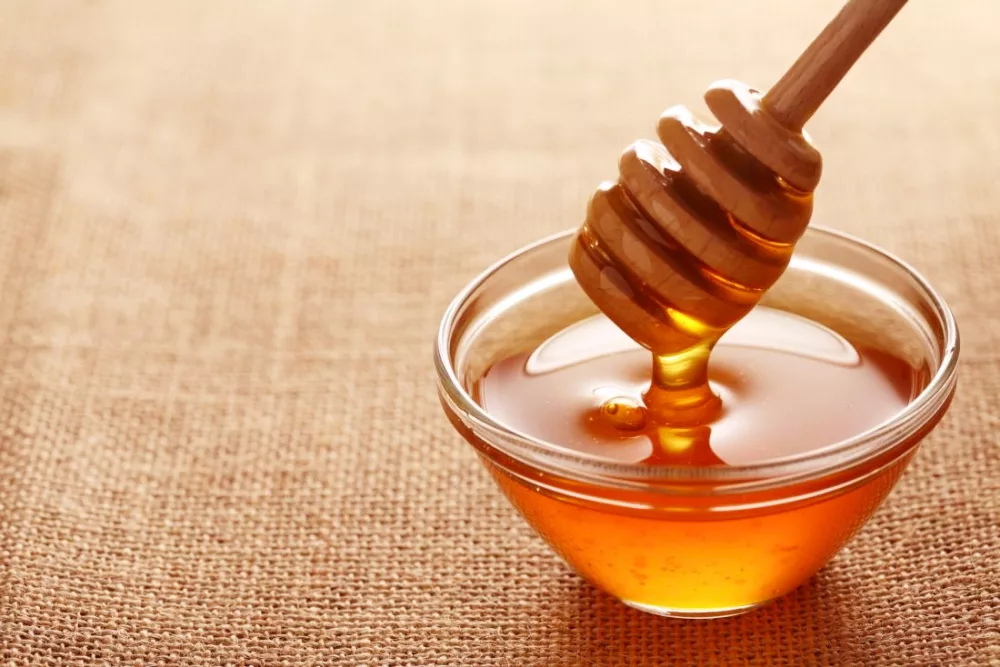As International Horseshoeing Hall of Fame member Burney Chapman pointed out in an article he wrote 30 years ago for American Farriers Journal, the most widely used and dependable medicine for wound care in 1700 B.C. was honey and grease packed with muslin. That remedy holds up just as well today.
While the Lubbock, Texas, farrier explained how to mix sugardine and why it worked, there’s another confectionary that can help heal wounds — medical-grade honey.
“This sweet feature of honey may come in handy for horses, which are known for complications associated with wound repair and healing,” Laura Petroski-Rose, a Kentucky Equine Research veterinarian, says in a recent post.
Complications, such as infection and a shortage of available tissue for sutures, occur in as much as 75% of wound cases.
“Medical-grade honey reportedly has broad antibacterial activity and appears effective against drug-resistant strains such as Staphylococcus aureas, also called MRSA,” she says. “Honey also has anti-inflammatory effects and can provide wounds with nutrients to facilitate healing. Honey may also expedite healing.”
The results are similar to those found in sugardine. According to Knutson et al. in a 1981 article published in the Southern Medical Journal, “Wounds treated with sugardine differ from wounds treated with antibiotics. Sugar is not an antibiotic by definition, nor when used in connection with povidone-iodine. Unlike those treated with antibiotics, sugardine-treated wounds clean up rapidly; sugardine reduces edema, nourishes the surface cells and has no fetid odor. The use of sugardine treatment seems to accelerate granulation tissue and epithelial tissue production, thereby covering the wound, burn or ulcer with skin.”1
You May Also Be Interested In...
Use Sugar to Treat Those Nasty Wound Injuries
Substances such as honey, molasses and syrup have been used since ancient time on burns and wounds with a high degree of success. It has only been recently that scientific studies on various sugars use in wound treatment have backed up the folklore and ancient medical theories with scientific data. Read now »
In research published by the Equine Veterinary Journal in March 2019, honey packed inside the wound resulted in:
• No adverse effects.
• Significantly improved healing.
• Significantly fewer infections.2
It’s important to note that honey bought in stores is not advised.
“Only medical-grade honey should be applied to horse wounds, not just honey off the grocery store shelf or raw honey from your local apiary,” Petroski-Rose says. “Raw honey may contain bacterial spores that can cause botulism or gangrene.”
Learn More
Use Sugar to Treat Those Nasty Hoof Wound Injuries
The remarkable use of sugardine is now accepted more frequently by many veterinarians and farriers because of successful results and its economic significance.
References
1. Knutson, R., Merbitz, L.A., Creekmore, M.A., and Snipes, H.G. Use of sugar and povidone-iodine to enhance wound healing: five years’ experience. Southern Medical Journal, 1981, 1329-1335.
2. Mandel, H.H., G.A. Sutton, E. Abu, et al. Intra-lesional application of medical grade honey improves healing of surgically treated lacerations in horses. Equine Veterinary Journal, 2019, In press.








